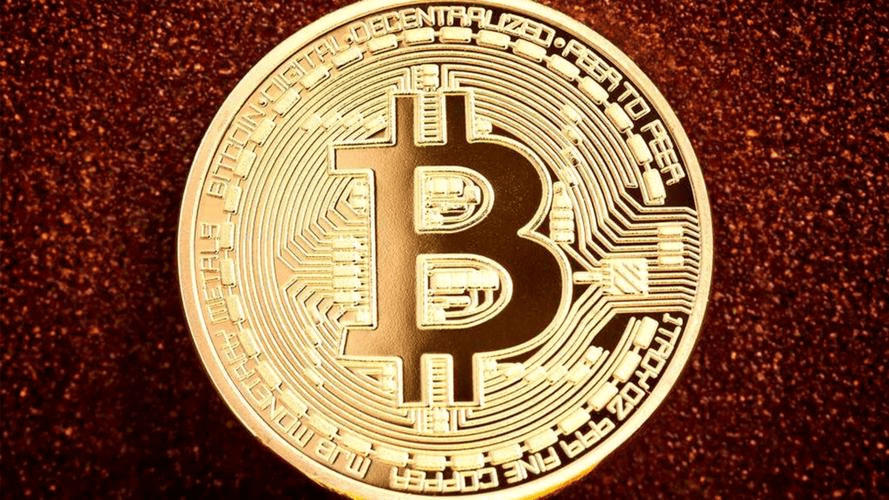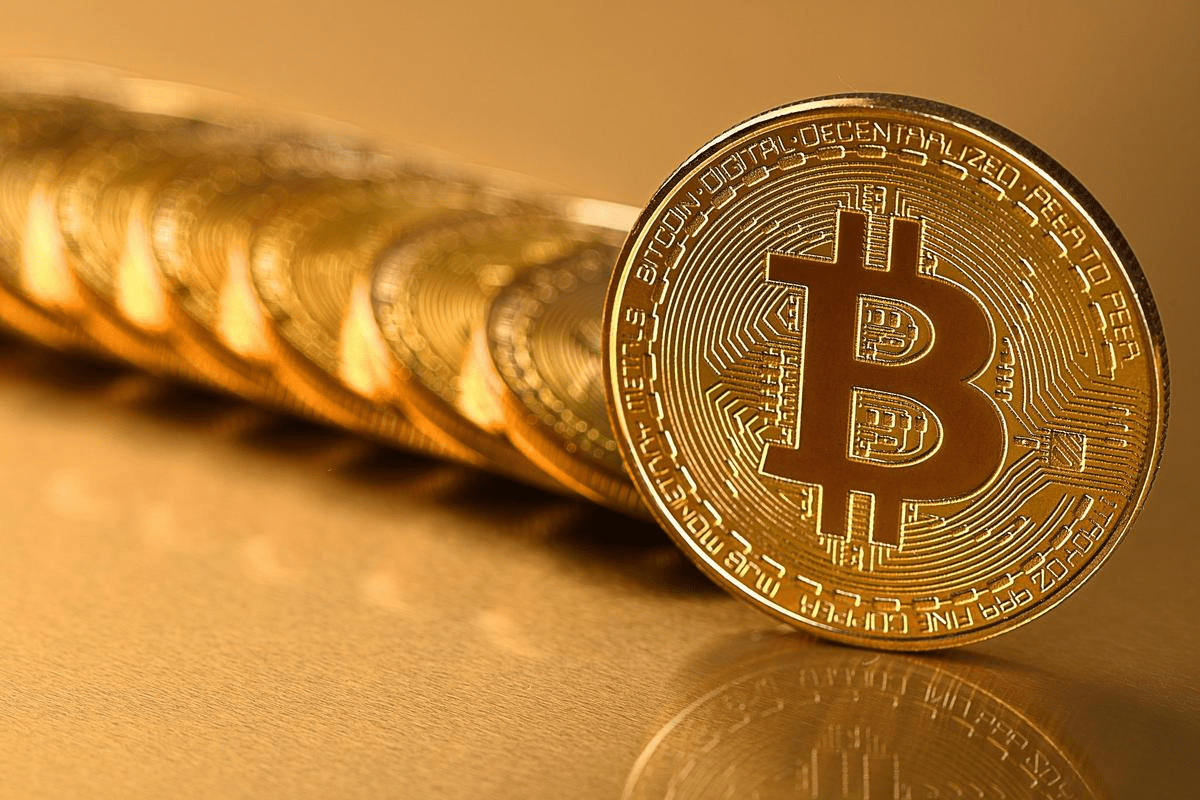Tulips and Bitcoin: A Stunning Replay of 400 Years of Speculation
When Tulip Bulbs Meet Blockchain: A Speculative Cycle Spanning 400 Years
Imagine a tavern in Amsterdam in 1636, where a group of merchants raised their glasses shouting 'tulips will always rise', while in a 2021 crypto forum, young people stared at candlestick charts frantically commenting 'Bitcoin breaks 120,000'—history never repeats itself, but it rhymes chillingly.
1. The Madness of the Golden Age: From Maritime Coachmen to Code Believers
In the 17th century, the Netherlands had just defeated Spain, and maritime trade was booming. Even dock workers dared to bet half a year's salary on a single tulip bulb. The then most popular variety, 'Eternal Augustus', could fetch the price of a mansion by the Amsterdam canals, but what was its actual use? Just a splash of spring color in noble gardens.

Fast forward to 2020, the Federal Reserve's printing press roared, and Tesla CEO Elon Musk's tweet about 'accepting Bitcoin for car purchases' could cause prices to surge 20% in a day. The Dutch crushed the Spanish fleet with windmills, and modern speculators crush traditional finance with mining machines—tools have changed, but the mentality of 'taking a gamble to turn a bicycle into a motorcycle' remains unchanged.

2. The Formula for Bubbles: Scarcity + Storytelling
Tulip players hyped the 'broken petal virus' (which was actually a plant disease), turning randomly appearing striped petals into masterpieces of 'the hand of God'; Bitcoin believers pulled out the white paper of '21 million fixed total supply', packaging the code rules as the gold mine of the digital age.
But the truth is: when the price of top bulbs collapsed to just 1% in 1637, Dutch housewives realized that these things were neither edible nor wearable; in 2022, when LUNA crashed to zero overnight, investors recalled that Satoshi Nakamoto never guaranteed 'profit without loss'.
3. The Curse of Collective Psychology: From Auction Houses to WeChat Groups
Back then, Dutch auctioneers used 'countdown bidding' to stimulate buyers' adrenaline; now, crypto KOLs livestream 'contract liquidation records' to attract traffic. Historical records show that some tulip traders even mortgaged their fishing boats to chase prices; blockchain explorers reveal that a certain whale address leveraged Bitcoin at its $69,000 peak, only to face liquidation and could not even afford the transaction fees.
Ironically, when the bubble burst in February 1637, the Dutch Parliament held an emergency meeting to 'rescue the market', only to find that they couldn't even figure out whether the law should regulate bulbs or futures; after China banned mining in 2021, miners hastily transported their machines to Kazakhstan—regulation always chases after bubbles.

4. The Legacy of the Burst: From Flower Pots to Hard Drives
The tulip mania left the Netherlands with a stigma of being a 'speculative nation', yet it unexpectedly spurred the birth of financial instruments like options contracts; after Bitcoin's crash, blockchain technology took root in cross-border payments and NFTs. Just as no one lost a country over flower cultivation, today, no one will be destroyed by cryptocurrency speculation—but there will always be a group of bag holders who will pay the price.

Looking back from 2025, Bitcoin is luckier than tulips: it can still be used to buy pizza (though the fees could cover three meals). The biggest historical lesson might be: when even the market aunties start discussing 'breaking previous highs', it's time to think about that Dutch fisherman from 400 years ago who exchanged tulip bulbs for bread.

